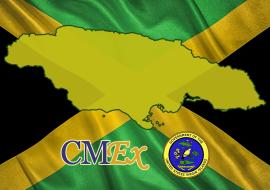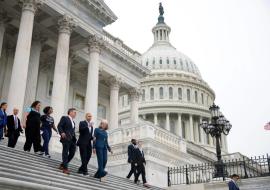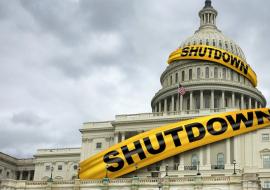Watch Out, Airbnb: Marriott Launches New Luxury Home Rentals
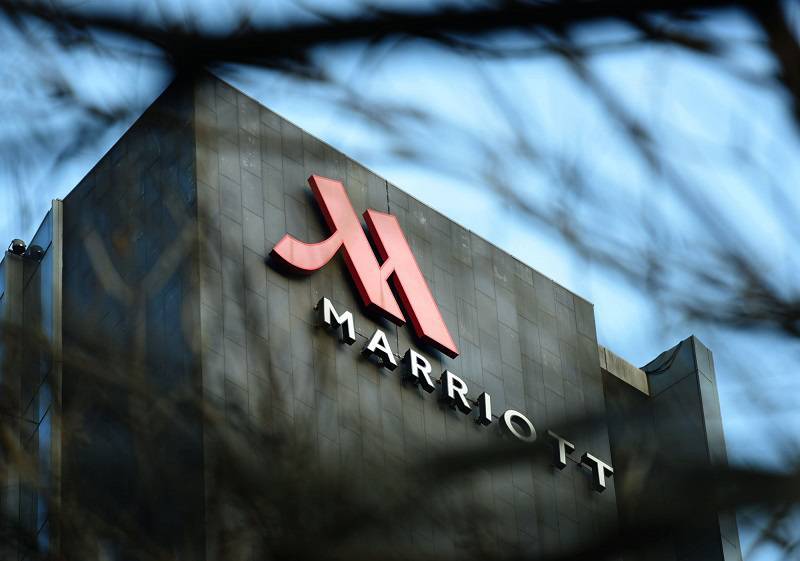
The new business brings Marriott International — which already controls more than 1.3 million hotel rooms around the world through brands like the Ritz-Carlton, W Hotels and Westin — into more competition with short-term home rental players like VRBO, HomeAway and Airbnb.
The house spans three bedrooms and 2,700 square feet, set on 4 acres of the former Spreckels Estate in Sonoma, which belonged to a family of sugar barons who created the Legion of Honor, owned much of downtown San Diego and once stormed the Chronicle offices, shooting publisher M.H. de Young in response to an unflattering story.
Today, the grounds house a newly built home with Sonoma Valley and Mayacamas Mountains views, 14-foot-high wood ceilings and French doors that look out onto a grand pool. It can all be yours — for a tidy $1,979 per night.
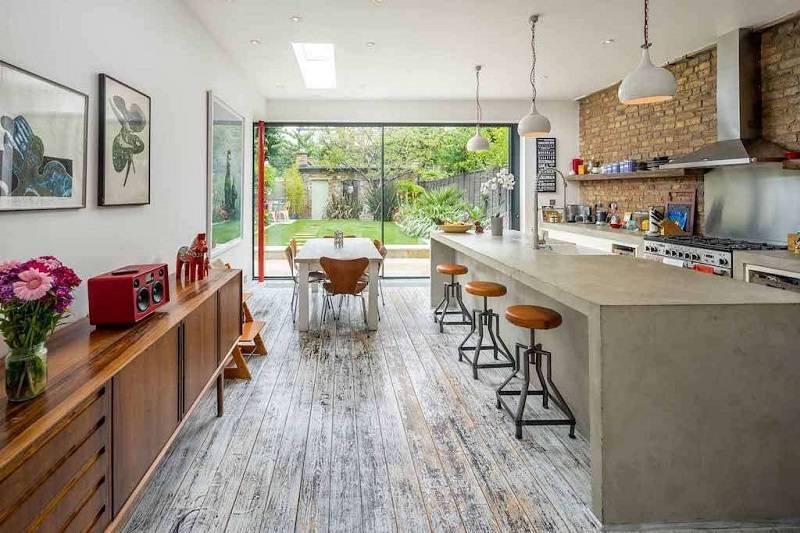
The home is one of the first listings through Homes & Villas by Marriott International, a new division the hotel giant started this month with 2,000 luxury properties in 100 markets throughout North and Central America, the Caribbean and Europe.
In 2018, the company started a pilot program to test home rentals in three European cities. The success of the pilot led directly to the start of the new Homes & Villas division and provided some key data for the hotel company: Almost 90 percent of guests during the test were members of Marriott’s loyalty program; 75 percent were families and groups traveling for leisure; and they stayed an average of 5.1 nights — about three times the average stay at a hotel.
While Marriott is dipping a toe in home rentals, Airbnb has gradually begun to move into traditional hotels and tours. In 2016, the company started its Experiences arm, which connects guests to activities like dumpling classes and Instagram photo shoots hosted by locals.
Last year it partnered on home-booking “apart-hotels” in Orlando and Nashville, with plans to add up to 12 more by the end of 2019.
In March, Airbnb acquired last-minute hotel-booking engine HotelTonight, and the company is working with a developer to convert 10 floors of Rockefeller Plaza into suite-style hotel rooms bookable exclusively on the platform.
Marriott is working with rental management companies, selecting a curated list of high-end properties from their portfolios.
Each rental will have guaranteed 24-hour support and professional cleaning, along with hotel-like amenities including premium linens, high-speed Wi-Fi and a full suite of bath products. In 2018, Airbnb started a similar program of vetted properties with guaranteed amenities dubbed Airbnb Plus.
What difference does Marriott make?
The crucial differentiation is that Marriott’s Homes & Villas product will be integrated into its loyalty program, recently renamed Marriott Bonvoy. That means customers can both accrue and redeem points on, say, a Palmer & Krisel-designed midcentury home in Palm Springs ($517/night), a South Lake Tahoe A-frame six minutes from Heavenly Village ($208/night) or a four-bedroom Downtown Sonoma estate surrounded by vineyards with a pool, hot tub and outdoor dining area ($7,899/night).
Marriott is entering the market at a time when competitors, like Airbnb, have come under fire and faced calls for bans or tighter restrictions. In South Lake Tahoe, a measure to reduce occupancy in vacation rentals and phase them out everywhere except the tourist core by 2021 squeaked to victory last year by a less than 1 percent margin.
In Pacific Grove, a coastal community on the Monterey Peninsula, voters passed Measure M, which is phasing out short-term rentals outside of a few central zones over 18 months. A story in the New Yorker recently laid much of the blame for Barcelona’s over-tourism woes at Airbnb’s feet.
While Airbnb has been blamed for hollowing out neighborhoods as landlords find renting to travelers more profitable than long-term residents, at least for launch, Marriott is focusing on a relatively limited inventory of properties in 100 markets, including 40 where the company doesn’t currently have a presence.
Source: The San Francisco Chronicle










